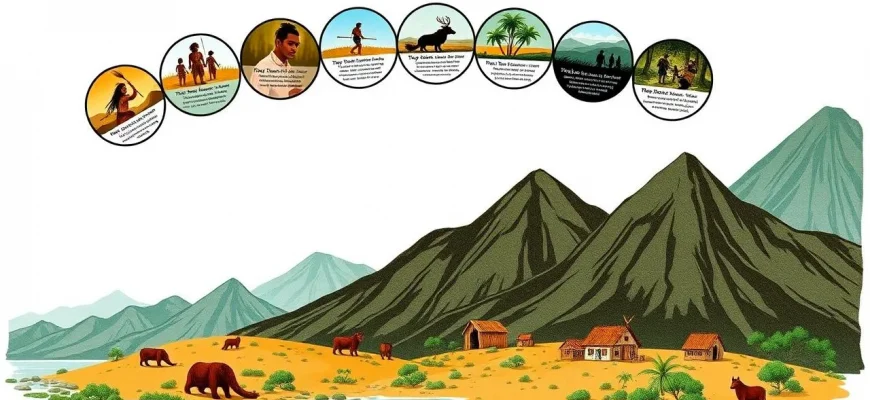This curated collection of films invites viewers on an immersive journey through the lens of adventure among indigenous communities. These films not only entertain but also educate, offering a glimpse into the rich cultures, traditions, and landscapes of aboriginal peoples. Each film provides a unique perspective, celebrating the resilience, wisdom, and spirit of adventure inherent in these communities.
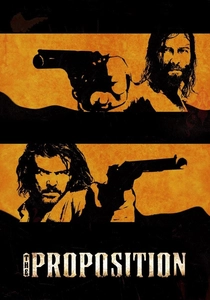
The Proposition (2005)
Description: While not exclusively about aboriginal culture, this Australian western features significant interactions with Aboriginal characters, exploring themes of justice, revenge, and the harshness of the outback.
Fact: The film was shot in the remote Queensland outback, and the script was inspired by the poetry of Nick Cave.
 Watch Now
Watch Now
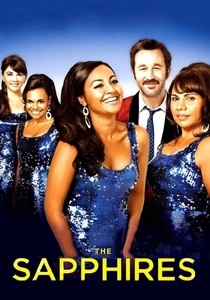
The Sapphires (2012)
Description: This film follows four Aboriginal women who form a soul group and travel to Vietnam to entertain troops, showcasing their journey, music, and the cultural clash they experience.
Fact: The film is inspired by the true story of an all-female Aboriginal singing group from the 1960s.
 Watch Now
Watch Now
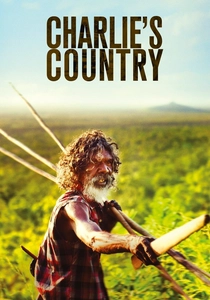
Charlie's Country (2013)
Description: This film explores the life of Charlie, an Aboriginal man who struggles with the modern world encroaching on his traditional lifestyle, leading him on a journey back to his roots.
Fact: The film was co-written by its star, David Gulpilil, who also plays Charlie, bringing authenticity to the role.
 Watch Now
Watch Now
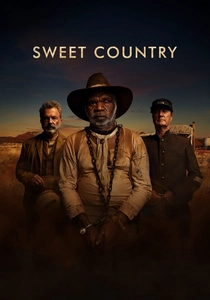
Sweet Country (2017)
Description: Set in 1929 Australia, this film follows an Aboriginal stockman who goes on the run after killing a white man in self-defense, exploring themes of justice, race, and survival.
Fact: The film was shot in the Northern Territory, and its narrative is inspired by true events.
 Watch Now
Watch Now
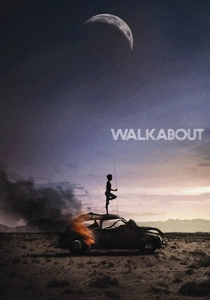
Walkabout (1971)
Description: This film follows two children lost in the Australian outback who are helped by an Aboriginal boy on his walkabout, a rite of passage. It's a poignant exploration of cultural differences and survival.
Fact: The film was shot in the Northern Territory of Australia, and the dialogue was improvised by the actors.
 Watch Now
Watch Now
The Tracker (2002)
Description: Set in early 20th century Australia, this film tells the story of an Aboriginal tracker who leads a group of white men on a manhunt, highlighting the clash of cultures and the tracker's deep connection to the land.
Fact: The film uses a unique narrative style with paintings to depict violent scenes, avoiding explicit violence.
 30 Days Free
30 Days Free

Rabbit-Proof Fence (2002)
Description: Based on a true story, this film follows three Aboriginal girls who escape from a settlement and embark on a 1,500-mile journey home, navigating through the Australian wilderness.
Fact: The film was shot on location in Western Australia, following the actual route of the rabbit-proof fence.
 30 Days Free
30 Days Free

Jindabyne (2006)
Description: While not directly about aboriginal adventures, this film explores the cultural divide when a group of white men find an Aboriginal woman's body and delay reporting it, leading to a confrontation with the local Aboriginal community.
Fact: The film is based on a short story by Raymond Carver, adapted to an Australian setting.
 30 Days Free
30 Days Free

Ten Canoes (2006)
Description: This film, set in Arnhem Land, tells a story within a story, blending ancient Aboriginal tales with a modern narrative, showcasing the cultural heritage and storytelling traditions of the Yolngu people.
Fact: It was the first feature film entirely in an Aboriginal language, with subtitles.
 30 Days Free
30 Days Free
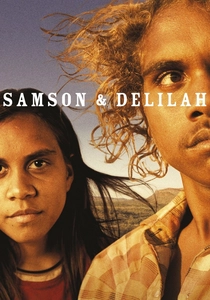
Samson and Delilah (2009)
Description: This film portrays the life of two young Aboriginal people in Alice Springs, their struggles, and their journey into the unknown, highlighting issues of substance abuse and cultural identity.
Fact: The film was shot with a minimal crew to keep the environment authentic and to capture the raw emotions of the characters.
 30 Days Free
30 Days Free

